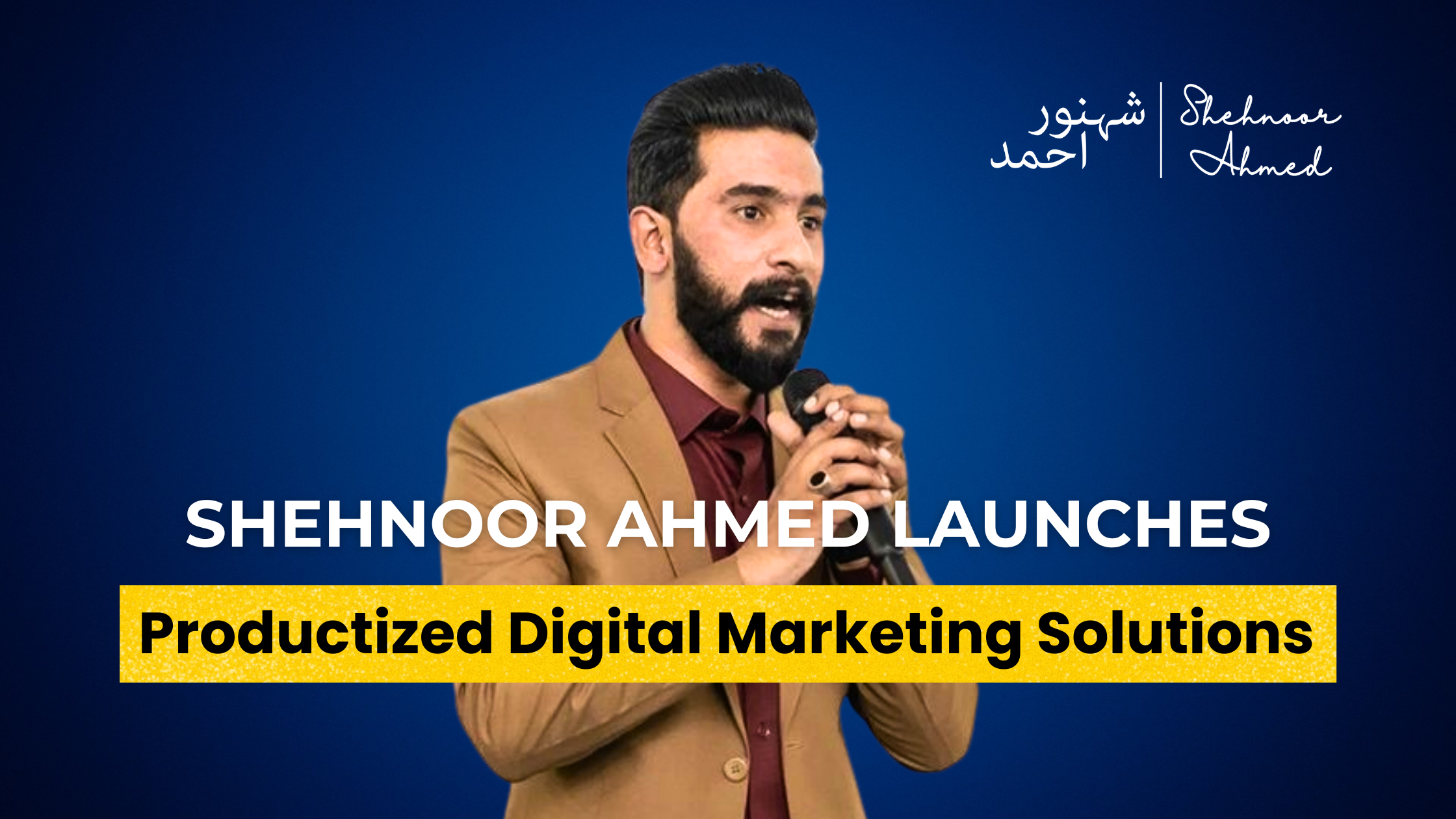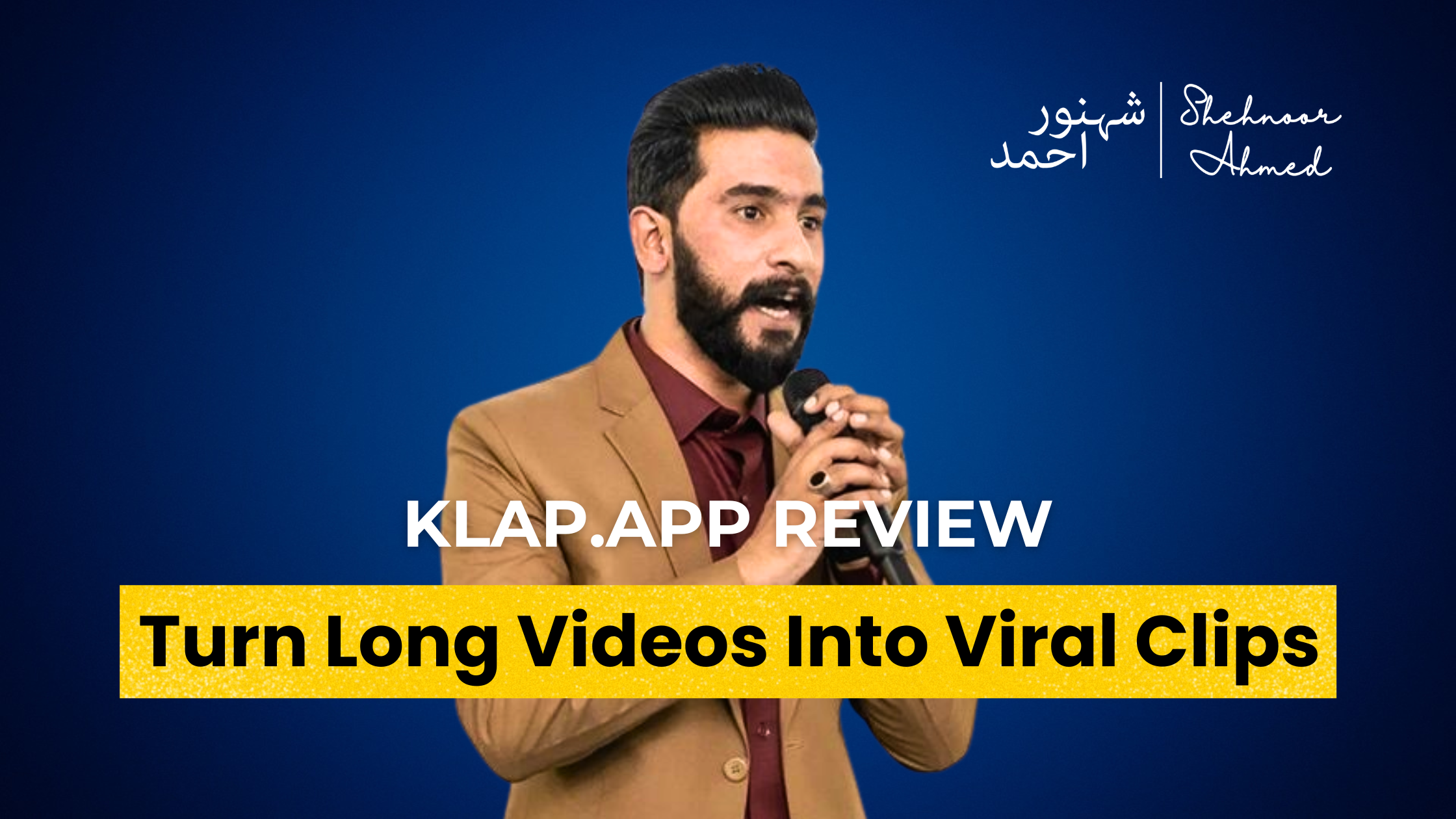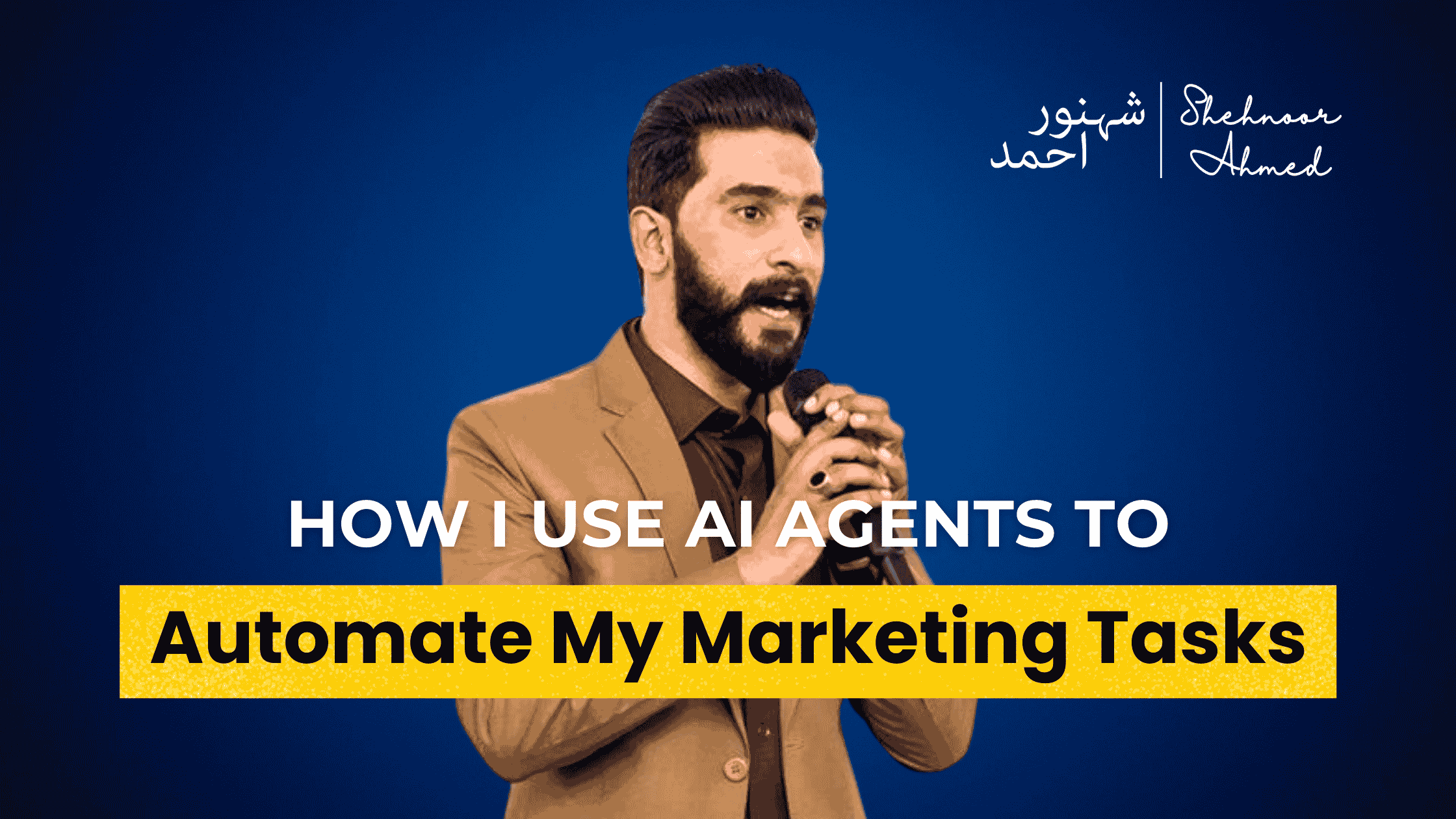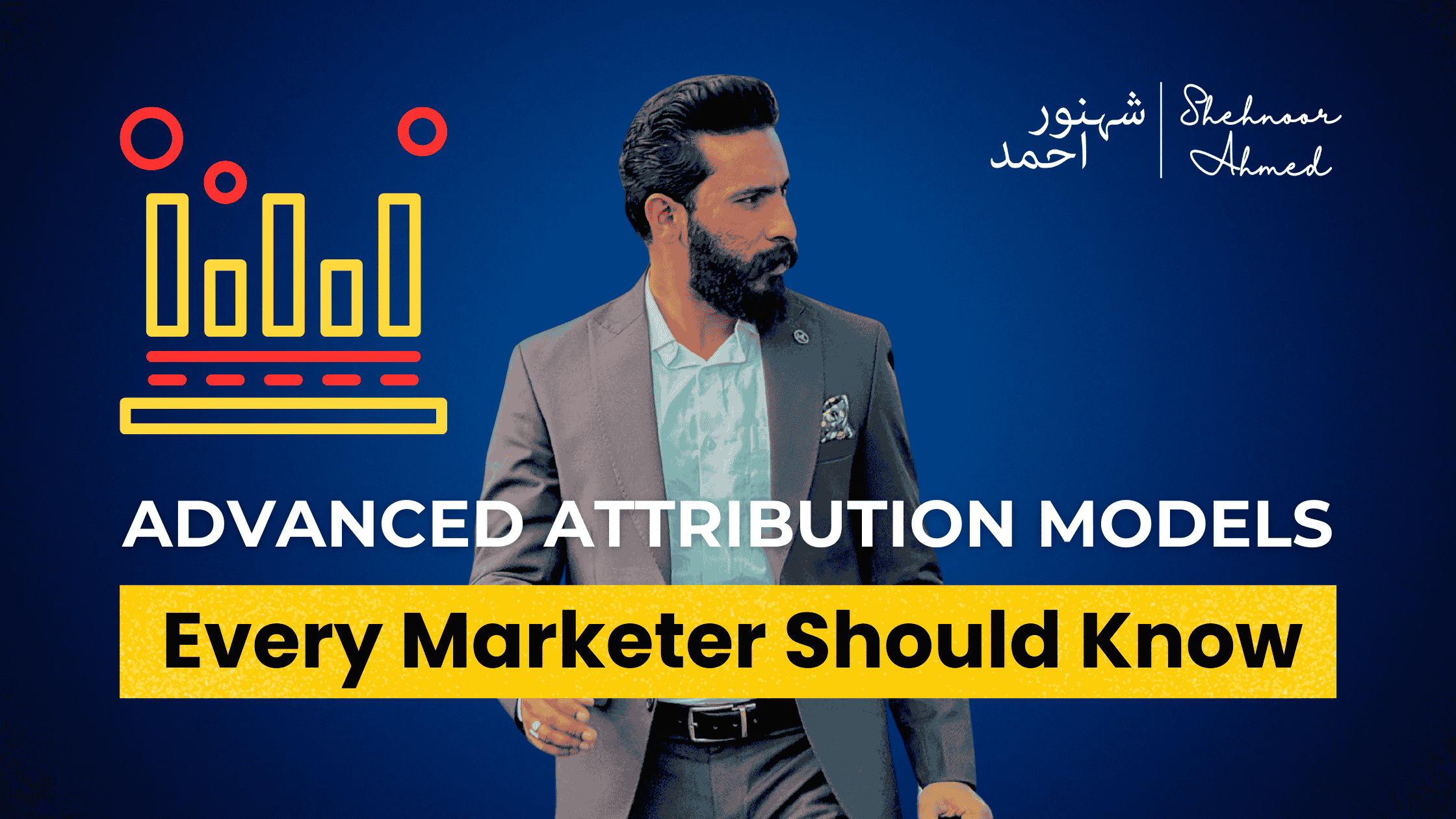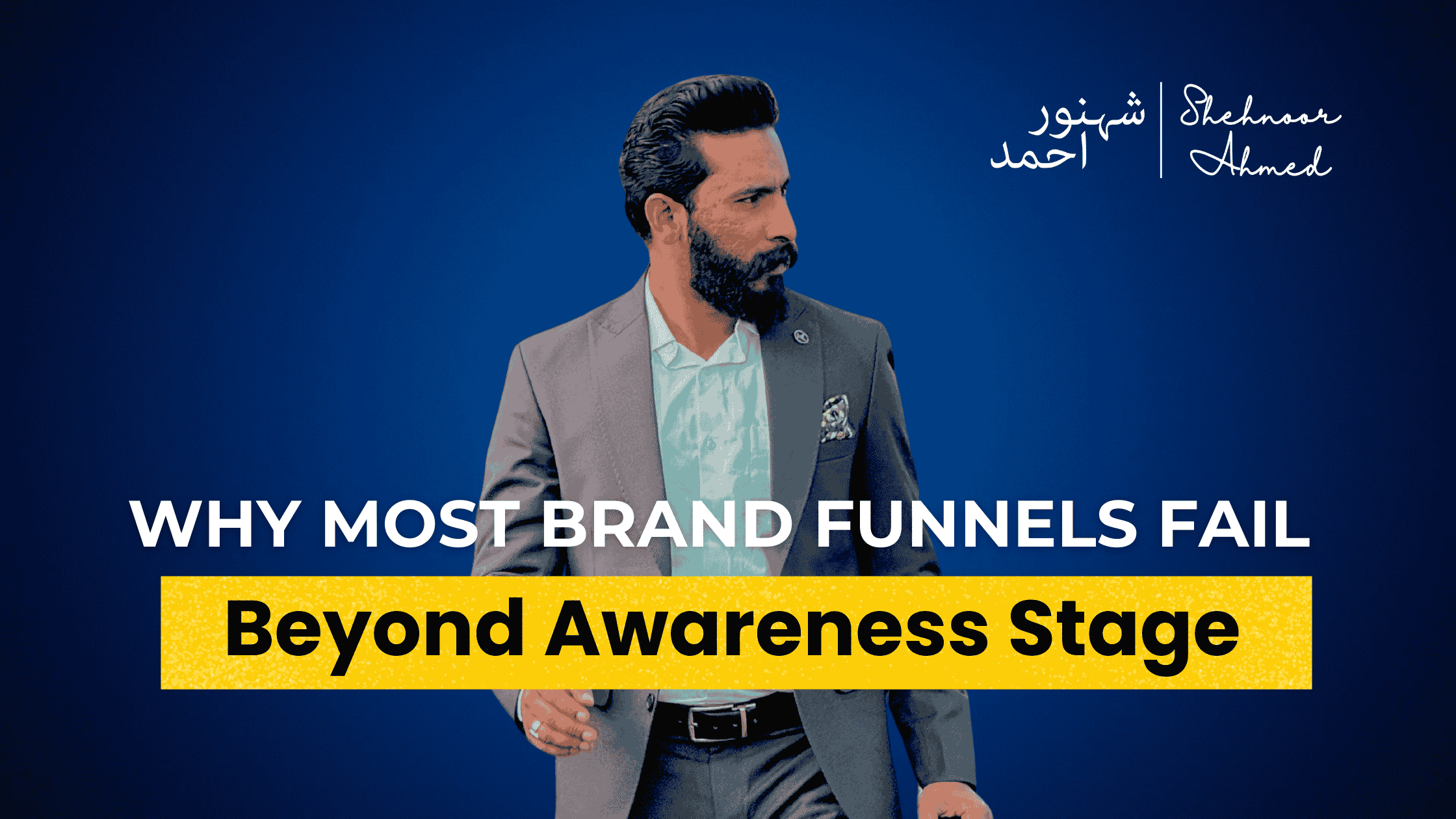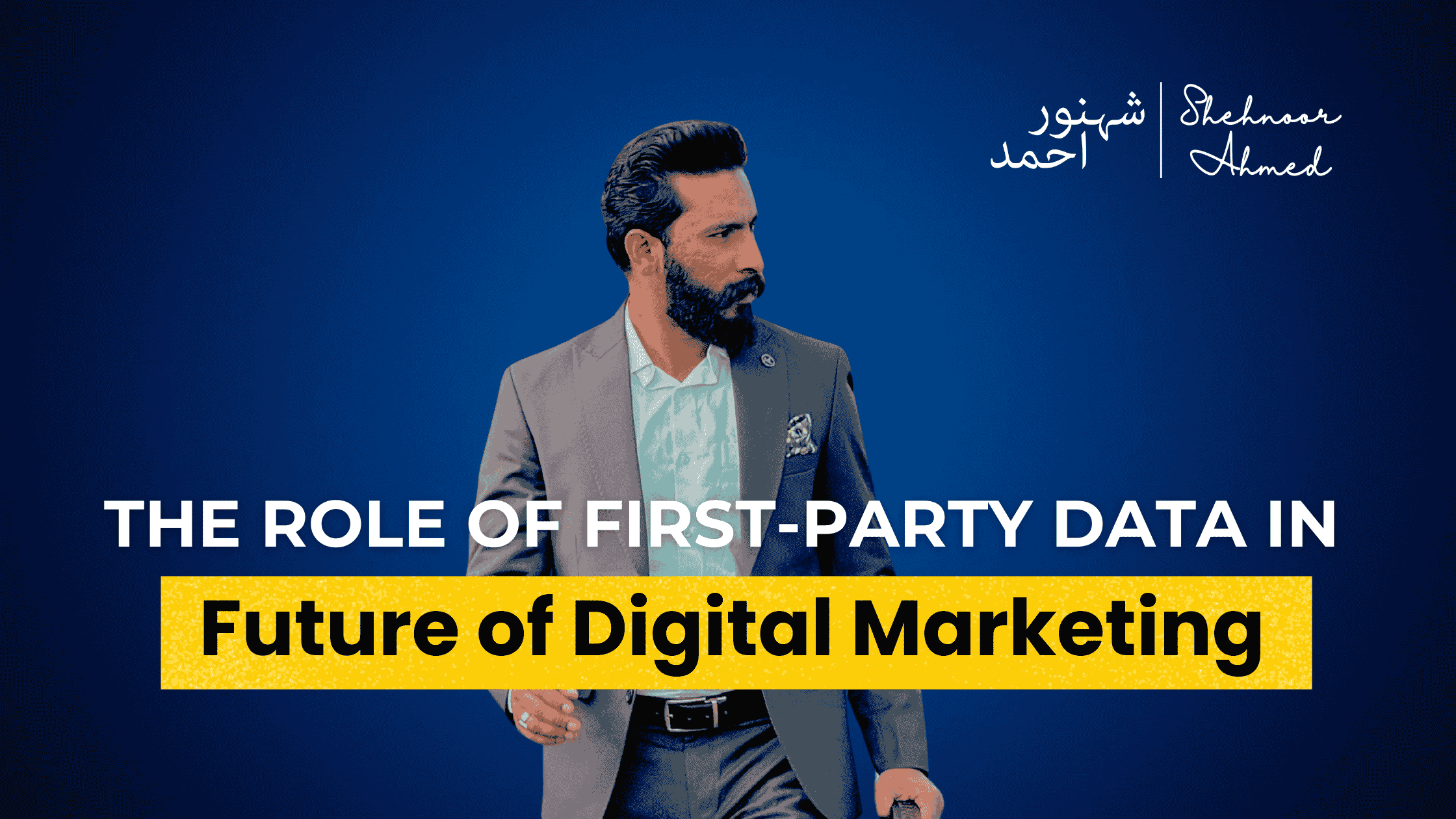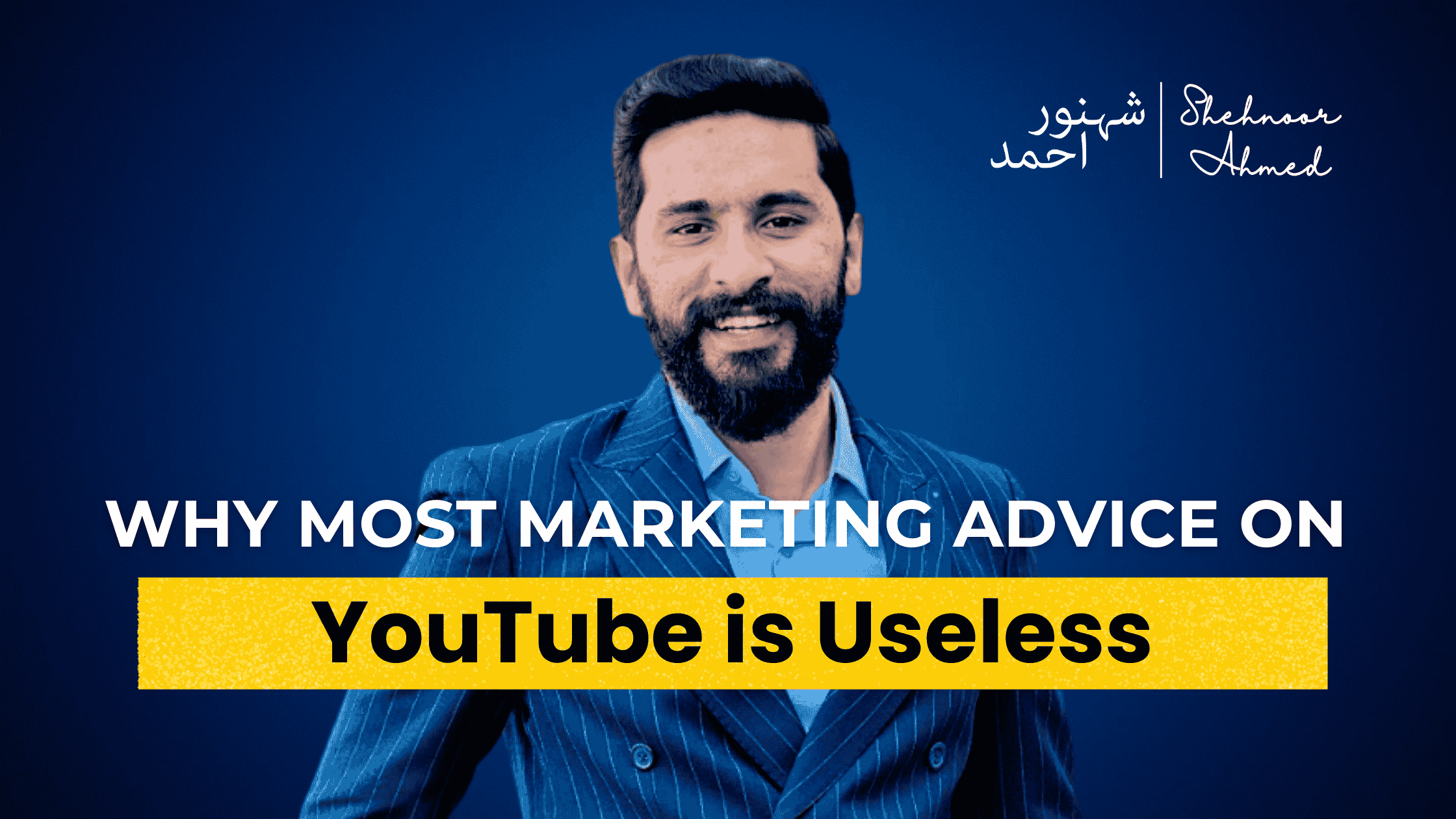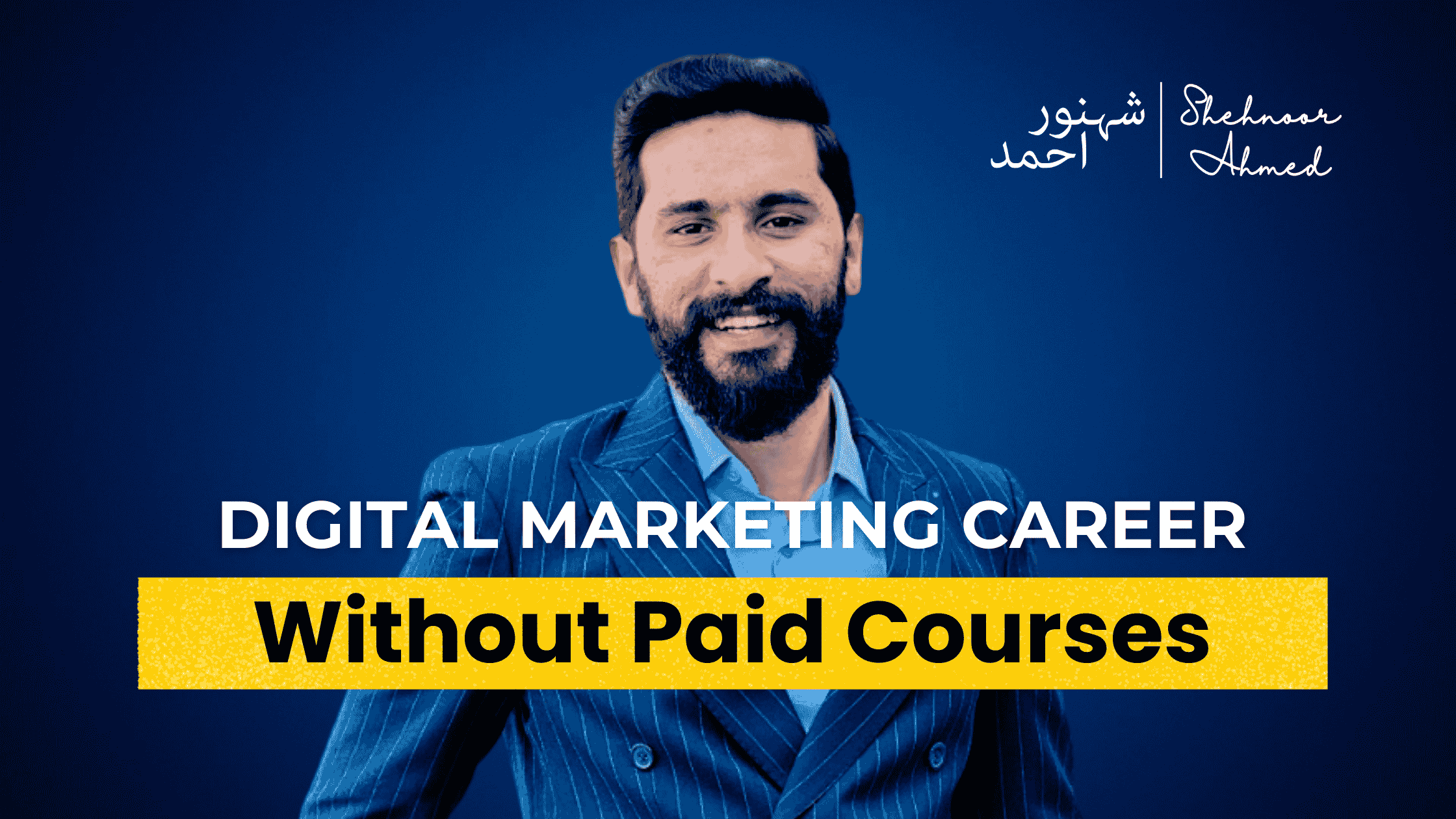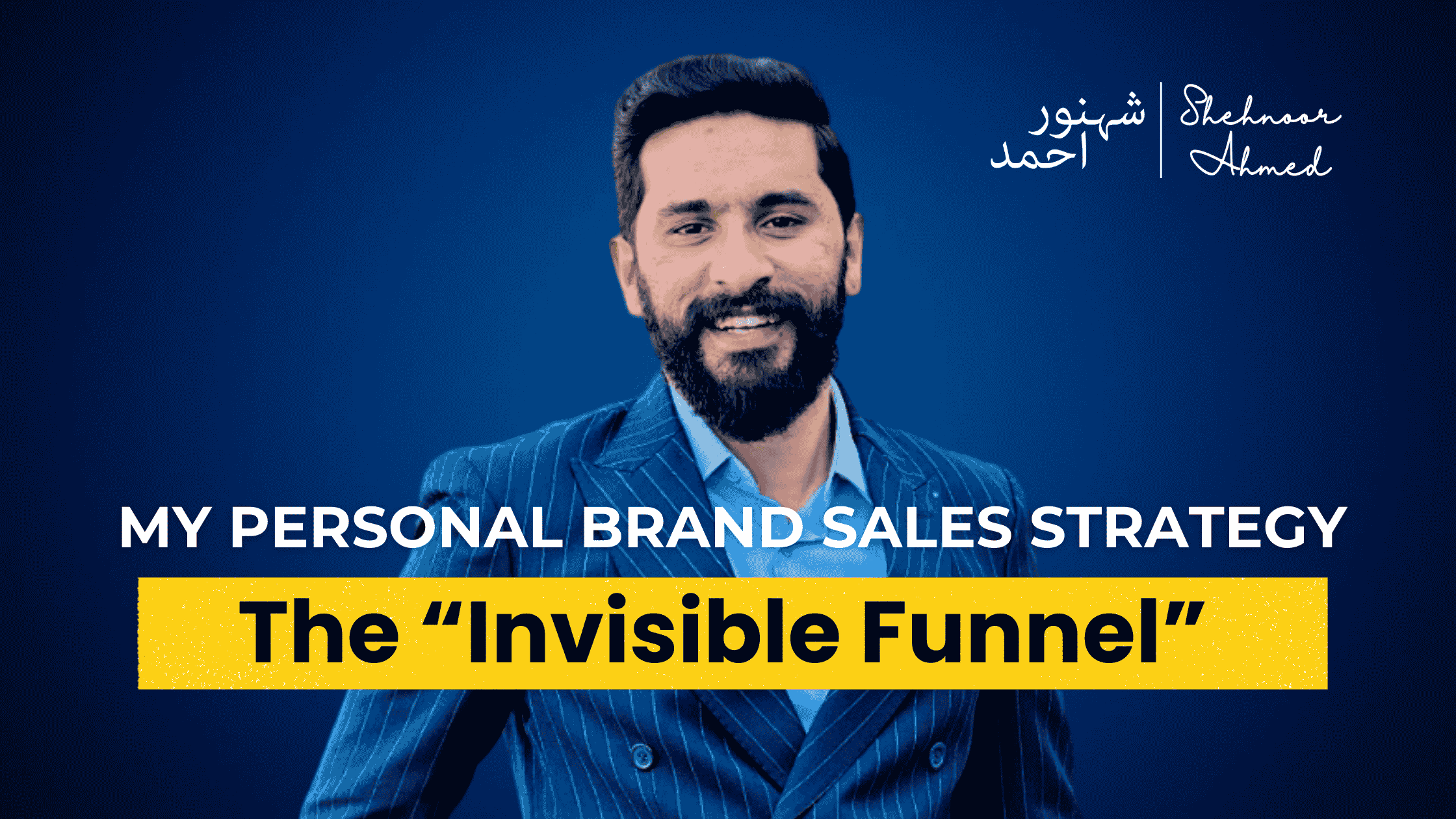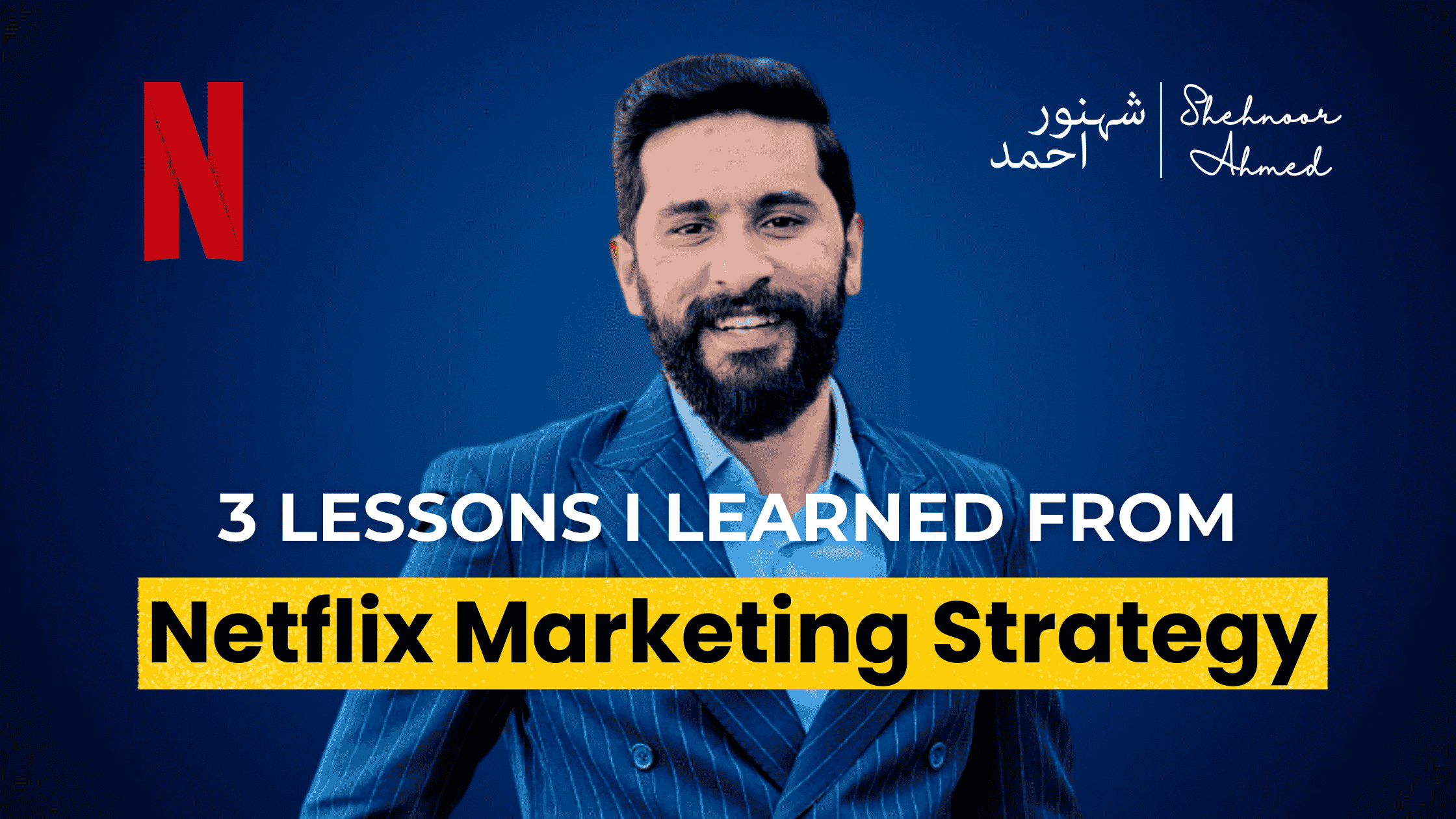If you create videos, you already know the struggle. Recording is the fun part, but when it comes to editing, that’s where most people get stuck. Trimming a 40-minute video into short clips, adding captions, resizing for TikTok or YouTube Shorts… it’s hours of work before you can even post. That’s where KLAP App comes in. It takes a long video and, within minutes, turns it into short, polished clips that are ready to go viral. For anyone posting on TikTok, Instagram Reels, or YouTube Shorts, this tool feels like having your own video editor on call 24/7. I’ve been using it myself, and let me tell you, it works. If you want to try it out, you can grab it directly through my referral link, and get a discount with my coupon code N1WEYKT4. Why KLAP App is Different Video editing tools are everywhere, but most of them still expect you to do all the heavy lifting. KLAP flips that. You just need to paste the link of your video, or even if you downloaded it from a free online video downloader, the app will automatically pick the best, most engaging moments. It adds captions that actually look good, adjusts the format for the platform you want, and spits out a clean, ready-to-post clip. Here’s what stood out to me: It’s not just about saving time. It’s about giving yourself the ability to post more often, without burning out. My First Experience with KLAP The first time I tried KLAP, I uploaded a coaching video that was over 30 minutes long. Normally, I’d edit it down into clips myself, but this time I let KLAP do the work. Within a few minutes, I had several clips ready to post. The captions were already synced, the cuts were smooth, and the highlights were spot on. I didn’t have to tweak much at all. When I posted one of the clips on Instagram, I noticed something right away: engagement doubled. More people watched until the end, and comments went up. That’s when I realized this wasn’t just saving me time, it was actually helping me create better content. Who Should Use KLAP? Honestly, anyone who creates videos can benefit, but it’s especially powerful for: If you’re serious about building a presence online, KLAP isn’t just convenient, it’s a real advantage., Why Buy Through My Link Here’s the deal: you can try KLAP App directly, but if you grab it through my referral link, you’ll unlock a discount by using my coupon code N1WEYKT4. It’s the same app, same features, but you save money. And honestly, even one viral clip can bring more reach, more clients, or more sales than the small cost of the tool itself. I don’t recommend things I don’t use myself. I’ve tested KLAP, I’ve seen the results, and that’s why I’m confident telling you it’s worth it. Why You Shouldn’t Wait The truth is, short-form video is only getting bigger. TikTok, Instagram, and YouTube Shorts they’re the fastest way to grow right now. But if you’re still editing the old way, you’re losing time while others are pushing out 10 times more content. KLAP is your shortcut. Instead of hours of editing, you can spend that time creating more, engaging more, and actually enjoying the process. So don’t put it off. Try KLAP app today, test it on your next video, and see the difference for yourself. Use my referral link and don’t forget the coupon code N1WEYKT4 to grab your discount. Final Thoughts KLAP isn’t just another app, it’s like having a professional video editor who works instantly, doesn’t charge hourly, and never complains. If you’re posting videos and want to grow faster, this tool is a no-brainer. I’ve already seen how it’s cut my editing time, boosted my engagement, and helped me post more consistently. And if you’ve been looking for a way to keep up with the demand of short-form content, this is it. The choice is simple: If you’re ready to make your videos go further, click my link below and get started today. Klap App Referral Link and coupon code N1WEYKT4 Contact Info: Email: hello@shehnoorahmed.com
